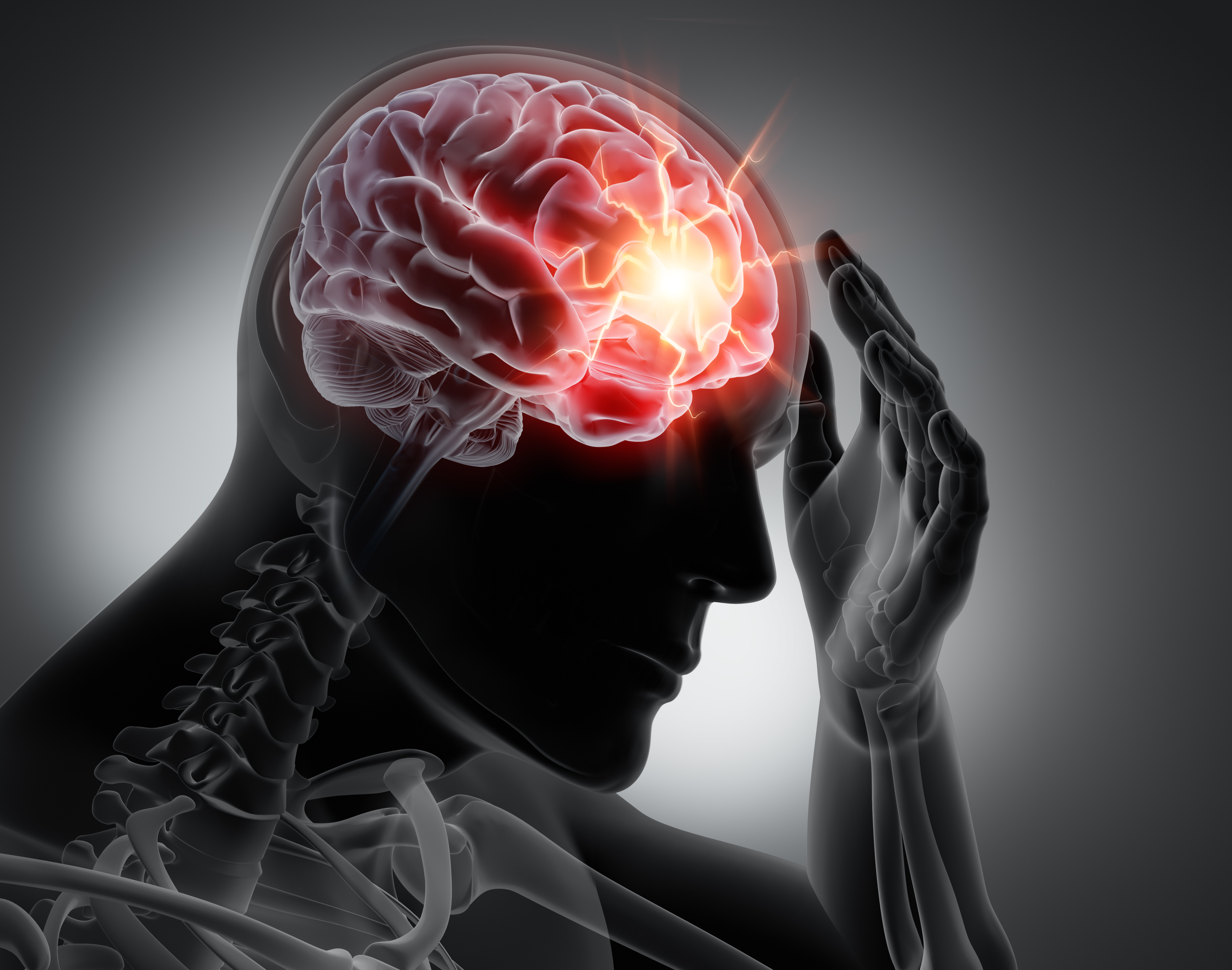Strokes can occur when the blood supply to part of the brain is reduced or interrupted. This prevents the brain tissue from getting the oxygen and nutrients that it needs to function properly, and only a few minutes of blood supply delay can result in permanent damage to brain cells.
“Early detection of stroke is critical, as prompt treatment can significantly enhance recovery outcomes, reduce the risk of long-term disability, and save lives,” said supervising team leader Professor Dinesh Kumar from RMIT’s School of Engineering. “We have developed a simple smartphone tool that paramedics can use to instantly determine whether a patient is post-stroke and then inform the hospital before the ambulance leaves the patient’s house.”
Strokes can be hard to spot
According to Kumar, the smartphone tool has an accuracy rating of 82% for detecting stroke. However, this technology would not replace comprehensive clinical diagnostics testing, but it could help to identify people experiencing a stroke who need treatment much sooner.
“Our face-screening tool has a success rate for detecting stroke that compares favourably to paramedics,” Kumar said.
“Studies indicate that nearly 13% of strokes are missed in emergency departments and at community hospitals, while 65% of patients without a documented neurological examination experience undiagnosed stroke,” Kumar said. “Many times, the signs are very subtle. On top of that, if first responders are working with people who are not their race or gender — most notably women and people of colour — it is more likely that the signs will be missed.
“This rate can be even higher in smaller regional centres. Given that many strokes occur at home and initial care is often provided by first responders in non-ideal conditions, there is an urgent need for real-time, user-friendly diagnostic tools.”
How the tech works
Recordings of facial expression examinations of 14 people with post-stroke and 11 healthy controls were used in this study to train AI technology.
The AI technology uses facial expression recognition to detect stroke by analyzing facial symmetry and specific muscle movement action units. The Facial Action Coding System (FACS), initially developed in the 1970s, categorizes facial movements by the contraction or relaxation of facial muscles, providing a detailed framework for analyzing facial expressions.
“One of the key parameters that affects people with stroke is that their facial muscles typically become unilateral, so one side of the face behaves differently from the other side of the face,” said PhD scholar Guilherme Camargo de Oliveira, from RMIT and São Paulo State University. “We’ve got the AI tools and the image processing tools that can detect whether there is any change in the asymmetry of the smile — that is the key to detection in our case.”
Moving forward
The next steps are to develop the smartphone tool into an app working in collaboration with healthcare providers so that it may be able to detect other neurological conditions that also affect facial expressions.
“We want to be as sensitive and specific as possible. We are now working towards an AI tool with additional data and where we are going to be considering other diseases as well,” Kumar said. “Collaboration with healthcare providers will be crucial to integrate this App into existing emergency response protocols, providing paramedics with an effective means of early stroke detection.”
Stroke statistics:
Within the United States alone, around 795,000 people suffer a stroke every year. Statistics show that every 40 seconds someone has a stroke, and every 4 minutes someone dies from a stroke. In America, there are over 140,000 deaths from stroke every year, about 40% of stroke deaths occur in males and 60% occur in females.
Globally, over 100 million people have experienced a stroke and are living with the aftermath. 1 in 4 adults over the age of 25 years old will experience a stroke at some point in their lifetime. An estimated 12 million people will have their first stroke this year, and around 6.5 million people will die as a result of it. Stroke is the second leading cause of death, responsible for over 11% of total global deaths according to W.H.O.
According to the INTERSTROKE Study, 90% of all strokes are linked to 10 modifiable risk factors: hypertension, high cholesterol, current smoking, alcohol consumption, diabetes, stress, obesity, heart disease, lack of physical activity, and poor diet. Hypertension is the most important of these risk factors, being responsible for close to 48% of strokes.
Symptoms
The symptoms of stroke can depend on the type of stroke and the area of the brain that is affected. If you or anyone you know notices any of these symptoms, even if they come and go or disappear completely, seek emergency medical attention or call 911. Early treatment with medications can minimize brain damage in some people. The symptoms of a stroke can include but are not limited to:
- Sudden weakness or numbness in the face, arm, or leg, especially on one side of the body, diminished facial expressions
- Sudden confusion: Trouble speaking or understanding speech, speech impairments
- Sudden vision problems: In one or both eyes
- Sudden balance or coordination problems: Or trouble walking
- Sudden severe headache: With no known cause
- Muscle weakness or inability to move
- Problems with language, thinking, or memory
- Seizures
- Loss of hearing or touch
- Problems with swallowing and pneumonia
As with anything you read on the internet, this article should not be construed as medical advice; please talk to your doctor or primary care provider before changing your wellness routine. This article is not intended to provide a medical diagnosis, recommendation, treatment, or endorsement. Additionally, it is not intended to malign any religion, ethic group, club, organization, company, individual, or anyone or anything. These statements have not been evaluated by the Food and Drug Administration.
Content may be edited for style and length.
References/Sources/Materials provided by:
https://www.world-stroke.org/world-stroke-day-campaign/about-stroke/impact-of-stroke.
https://www.thelancet.com/journals/lancet/article/PIIS0140-6736(16)32620-4/fulltext
https://www.who.int/news-room/fact-sheets/detail/the-top-10-causes-of-death
https://www.cdc.gov/stroke/signs-symptoms/index.html
https://www.rmit.edu.au/news/all-news/2024/june/stroke-face-screening




